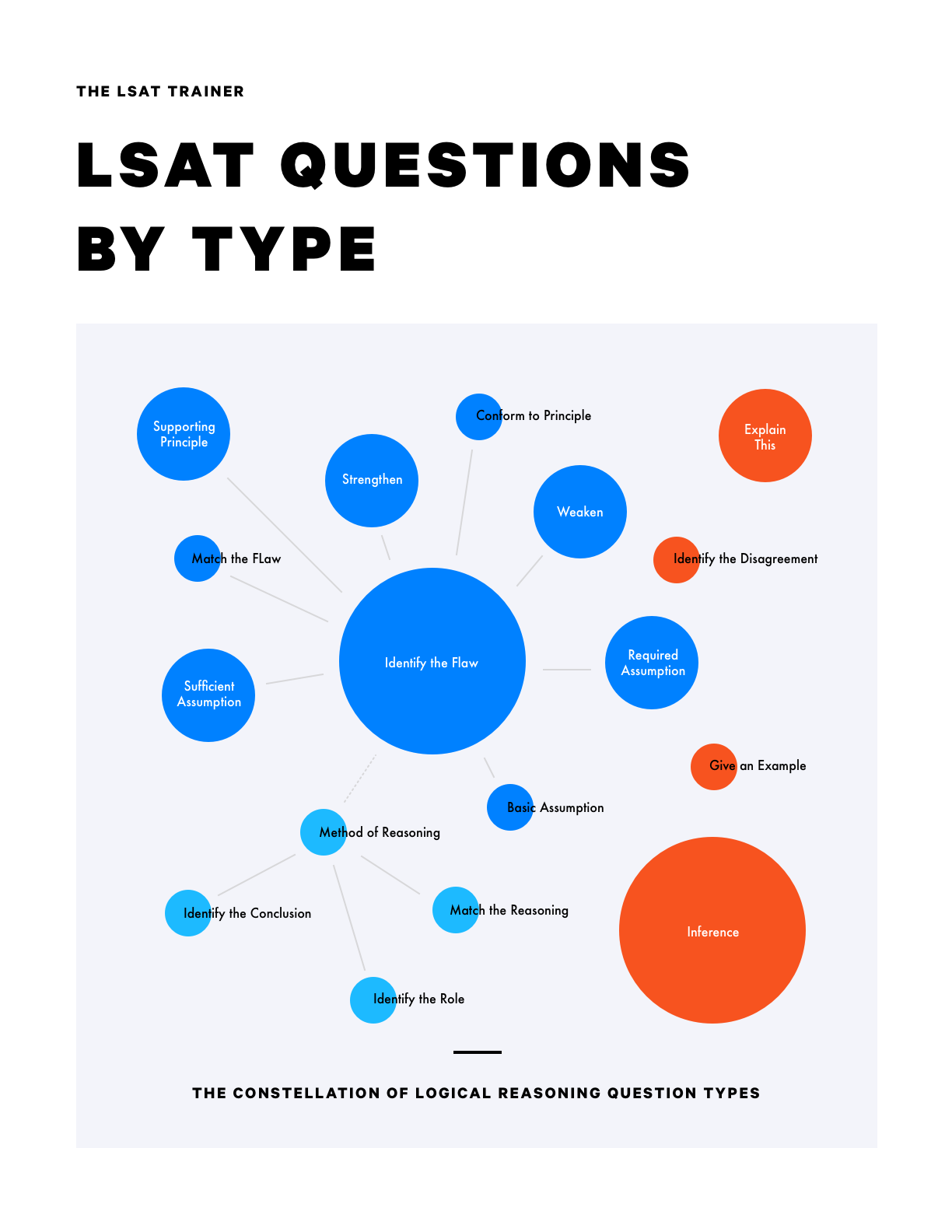Game 1 (Option 1)
Step 1
Per the given scenario, we can write out the six elements to be placed - G, L, P, S, T, and W, and lay out the six positions to be assigned.
Step 2
Notate the first rule by indicating that W goes before L.
Step 3
Notate the second rule by indicating that P goes before both G and S.
Step 4
Notate the third rule by crossing out G, S, and T from underneath the second and third positions.
Step 5
Notate the fourth rule by crossing out T from underneath the final position.
Game 1 (Option 2)
Step 1
Per the given scenario, we can write out the six elements to be placed - G, L, P, S, T, and W, and lay out the six positions to be assigned.
Step 2
Notate the first rule by indicating that W goes before L.
Step 3
Notate the second rule by indicating that P goes before both G and S.
Step 4
We can frame around the limited options (W, P, and L) we have for filling the second and third positions. We have three pairings that could fill those two positions (W, P), (W, L), and (P, L) and we can create three frames around those three options.
Step 5
If W and L fill the second and third positions, since W must go before L, W must go in 2 and L in 3. And, since G and S must go after P, we know they must go into slots 4, 5, or 6. We also know that G and S are, in this frame, our only options for the final slot.
Step 6
If P and W fill the two positions, we don’t know their order, so we can place them into a cloud above the two positions. Per the first and second rules, L, G, and S must all follow P and W, so they must fill up the remaining three positions in some order. That leaves the first position as the only slot for T to fit into.
Step 7
If P and L fill positions two and three, again, we don’t know their respective order. We do know that since W must go before L, W must, in this frame, go in 1, and that leaves the remaining three elements, G, S, and T as our options for the final three positions. Of the three, G and S are the only two that can fill the final position.
Game 2
Step 1
Per the given scenario, we can write out the five colors - G, O, P, R, and Y, and positions for the three different stained glass windows. Each group starts with two boxes, indicating that each window must have at least two colors, and we know that each window can have more than two colors as well.
Step 2
Per the first rule, we can write G and P into one of the windows, and cross out the G, P pairing from the rest of the windows.
Step 3
We can notate the second rule by the R in our elements list.
Step 4
Notate the conditional relationships between Y, G, and O in the third rule by showing that Y in leads to G and O out, as well as the contrapositives.
Step 5
Since we know we must have at least one Y, and we know, per that third rule, that Y can’t be with G, we can place Y into one of our other window groupings, and, per that third rule, cross out O and G from beneath the group that Y is in. We can also cross out Y from underneath the G, P group.
Step 6
Note the conditional relationship between P and O in the fourth rule by showing that when P is out O must be in, and the contrapositive (if O is out, P must be in).
Step 7
That fourth rule leads to an inference that every window must have O, P, or both. Since the window with Y can’t have O, it must have a P. And per this inference we can put an O/P into one of the boxes for the final window as well.
Game 3 (Option 1)
Step 1
Per the given scenario and rules, we can write out two of each element to be placed, and lay out two positions each for each for the five talks, with an understanding that not all slots will be filled.
Step 2
Per the first rule, cross out Q from beneath F and H.
Step 3
Per the second rule, cross out R from beneath G and H.
Step 4
Per the third rule, notate that S and T cannot go together.
Step 5
Per the fourth rule, group Q and T1.
Step 6
Per the fifth rule, group S with R1.
Game 3 (Option 2)
Step 1
Per the given scenario and rules, we can write out two of each element to be placed, and lay out two positions each for each for the five talks, with an understanding that not all slots will be filled.
Step 2
Per the first rule, cross out Q from beneath F and H.
Step 3
Per the second rule, cross out R from beneath G and H.
Step 4
Per the third rule, notate that S and T cannot go together.
Step 5
Per the fourth rule, group Q and T1.
Step 6
Per the fifth rule, group S with R1.
Step 7
Create frames off of the limited options we have for where to place our two Q’s. (Similarly, you could have framed around where to place the two R’s). Since Q can’t first or third, it can either go in 2 and 4, 2 and 5, or 4 and 5.
Step 8
For the first frame, if Q goes in 2 and 4, the S and R grouping can only go in 1.
Step 9
For the second frame, if Q goes in 2 and 5, the S and R grouping can either go in 1 or 4. We can further split the frame per these possibilities. When the S, R grouping goes in 4, the second R must go in 5.
In both of these frames, since, per the fourth rule the first T must be grouped with a Q, the first T must be together with the first Q.
Step 10
In the third frame, if Q goes in 4 and 5, which also forces T into 4 and 5. The S and R group can only go in 1. However, there is now no place for the second R to go, since it can’t go in 2 or 3. Therefore, this third frame is not a viable option and thus we can cross it out.
Game 4
Step 1
Per the given scenario, we can write out the six elements to be placed - M, R, S, T, U, and W - and lay out the six positions to be filled.
Step 2
Notate the first rule involving S, T, and U using or notation.
Step 3
Notate the second rule by showing that U goes before R and W.
Step 4
Notate the third rule involving T, W, and M using or notation.



